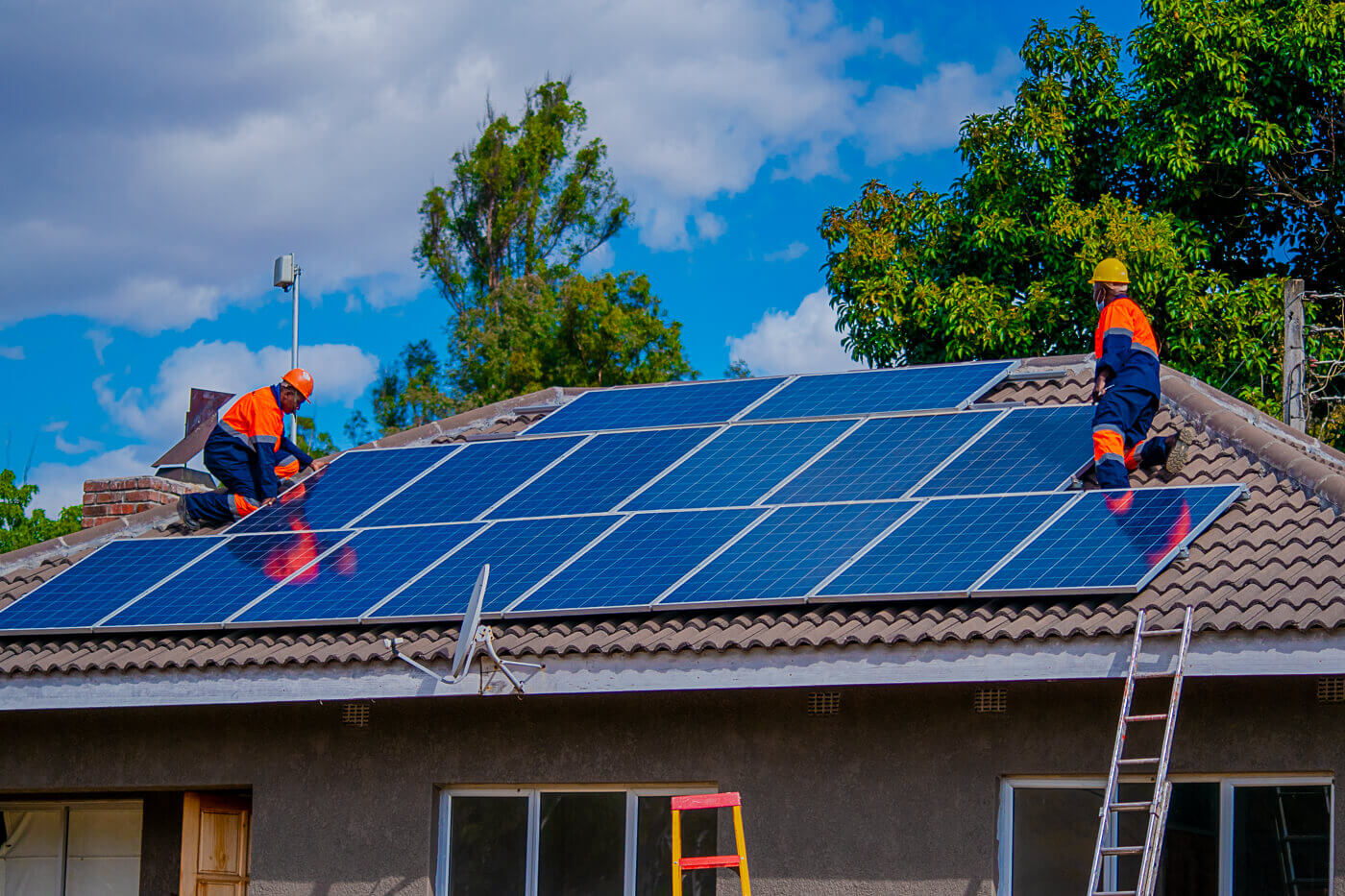- Renewable resources are those that can be replenished naturally in a relatively short period of time.
- They are considered sustainable because they can be used repeatedly without being depleted.
- Renewable resources are characterized by their ability to be replenished naturally within a relatively short period, making them an important component of sustainable development. Some of the key features of renewable resources include:
- They are naturally replenished: Renewable resources can be replenished naturally, either continuously or periodically, through processes such as photosynthesis, rainfall, and wind.
- They have a relatively short replenishment period: Compared to non-renewable resources, renewable resources can be replenished within a relatively short period, usually less than a human lifetime.
- They are abundant: Many renewable resources are found in abundance, making them a reliable source of energy and materials.
- They are diverse: Renewable resources come in various forms, including solar, wind, hydro, geothermal, and biomass, offering a diverse range of options for sustainable development.
- They have low or zero carbon emissions: Renewable resources produce little to no greenhouse gas emissions, making them a cleaner source of energy than fossil fuels.
- They can be used for multiple purposes: Renewable resources can be used for different purposes, such as generating electricity, producing heat, and providing raw materials for manufacturing.
- They promote energy security: By reducing dependence on fossil fuels, renewable resources can enhance energy security and reduce the vulnerability of countries to energy supply disruptions.
- They create jobs: The renewable energy sector is a significant employer, providing opportunities for job creation and economic growth.
- They reduce environmental impacts: The use of renewable resources can help reduce environmental impacts, such as air and water pollution, habitat destruction, and land degradation.
- They support sustainable development: Renewable resources are a crucial component of sustainable development, helping to meet the needs of the present without compromising the ability of future generations to meet their own needs.
Examples of Renewable Resources:
- Solar energy: energy obtained from the sun through solar panels
- Wind energy: energy obtained from the wind through wind turbines
- Hydroelectric power: energy obtained from waterfalls or flowing water through dams and turbines
- Geothermal energy: energy obtained from the earth’s natural heat through geothermal power plants
- Biomass: organic matter that can be used as fuel, such as wood, crops, and animal waste
Importance of Renewable Resources:
- Reduce reliance on nonrenewable resources
- Help mitigate climate change and reduce greenhouse gas emissions
- Promote energy independence and security
Benefits of Renewable Resources:
- Low or no carbon emissions, making them environmentally friendly
- Reduced energy costs over time
- Increased job creation in the renewable energy industry
Drawbacks/Problems of Renewable Resources:
- High upfront costs for installation and infrastructure development
- Can be intermittent and unpredictable, depending on weather and other factors
- Can have negative environmental impacts if not properly managed, such as land use changes and wildlife habitat destruction




